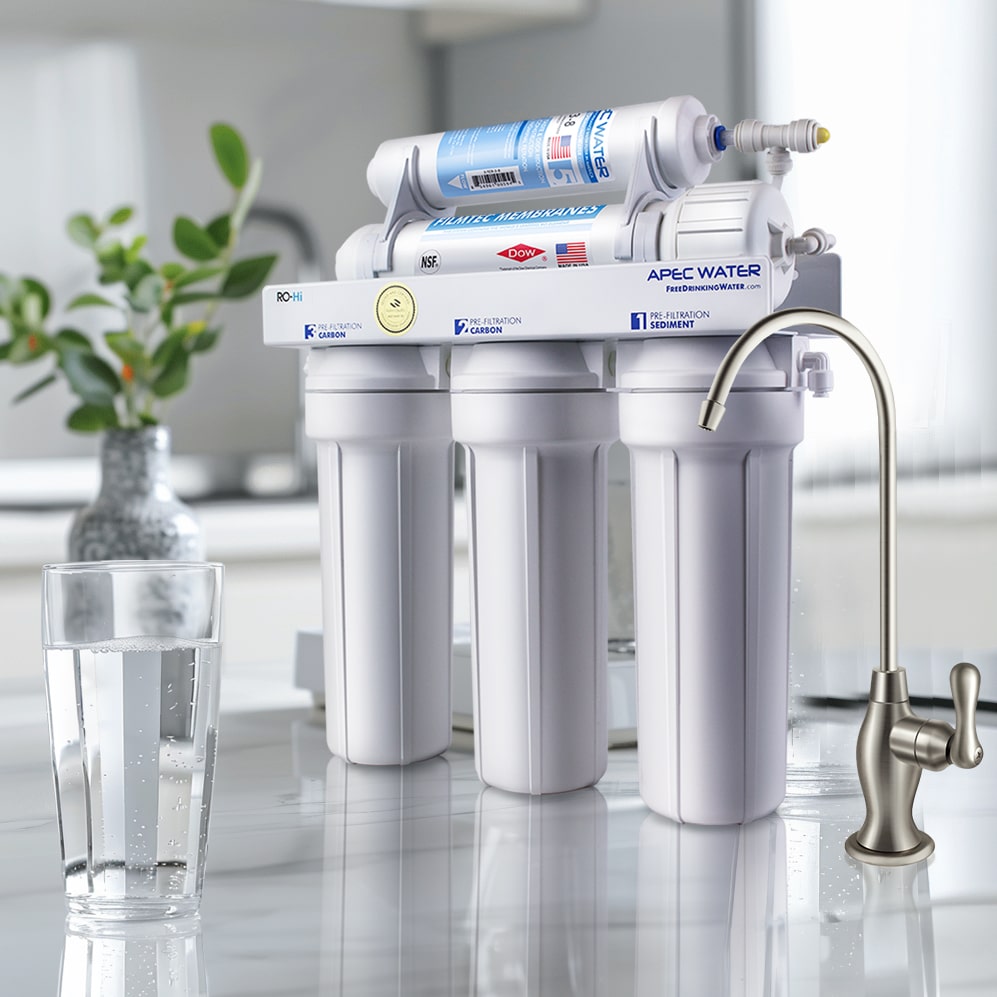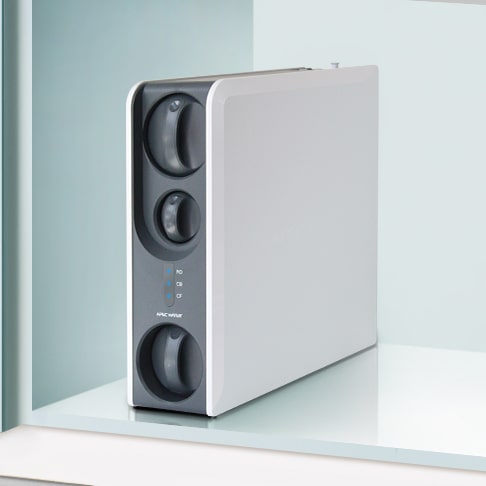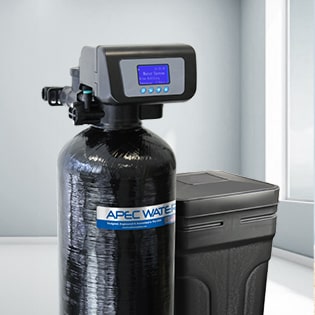The log-reduction terminology was developed by engineers as a way to express levels of decreased biological contamination in water by factors of 10 that could be easily converted to percent reduction. The most commonly used logarithmic base is 10 because it is compatible with our base-10 decimal system. The log of 10 in the base 10 logarithmic system is 1 and the log of 100 is 2, with the log of 1000 being 3, etc.
Log reduction relates to the percentage of microorganisms physically removed or inactivated by a given process.
- 1-log reduction = 90%
- 2-log reduction = 99%
- 3-log reduction = 99.9%
- 4-log reduction = 99.99%

How is this rule applied for public health? Short of being an engineer, there are some very practical reasons for such a complicated contaminant removal system. The EPA has determined that the presence of microbiological pathogens in public water supplies is a health concern. If finished water supplies contain microbiological contaminants, illnesses and disease outbreaks may result. Twelve waterborne cryptosporidiosis outbreaks caused by contamination in public water systems were reported to the Center for Disease Control and Prevention between 1984 and 1998. In 1993, Cryptosporidium caused more than 400,000 people in Milwaukee, WI, to experience intestinal illness. More than 4,000 were hospitalized and at least 50 deaths were attributed to this cryptosporidiosis outbreak. Other recent cryptosporidiosis outbreaks attributable to public water system contamination occurred in Nevada, Oregon, and Georgia. The Interim Enhanced Surface Water Treatment Rule (IESWTR) set enforceable drinking water treatment technique requirements to reduce the risk of Cryptosporidium from surface water for systems serving at least 10,000 persons.
The LT1ESWTR extends further this necessary protection from Cryptosporidium to communities of fewer than 10,000 persons. Today's rule for the first time establishes Cryptosporidium control requirements for systems serving less than 10,000 persons by requiring a minimum 2-log removal for Cryptosporidium. The rule also strengthens filter performance requirements to ensure 2-log Cryptosporidium removal, establishes individual filter monitoring to minimize poor performance in individual units, includes Cryptosporidium in the definition of GWUDI, and explicitly considers unfiltered system watershed control provisions. The rule also reflects a commitment to the importance of maintaining existing levels of microbial protection in public water systems as plants take steps to comply with newly applicable DBP standards.
Systems considering significant changes to their disinfection practices must first evaluate current levels of Giardia inactivation (and virus inactivation if applicable) and consult with their state primacy agency for approval before implementing those changes. Thus, compliance with the provisions of the rule will improve public health protection by reducing the risk of exposure to Cryptosporidium in small systems serving fewer than 10,000 people even as those systems begin to take steps to comply with related DBP standards.
What are the monitoring provisions?
A groundwater system is subject to test if it does not already provide treatment to remove 99.99 percent (4-log) of viruses. If a system receives notice of positive coliform distribution it must take a source water sample within 24 hours. The system will not have to take a sample test if the state can determine that the source of coliform was an issue with the distribution system and not the water source. If any samples show fecal indications, the system must collect an additional five repeat water samples over the next 24 hours.
Compliance monitoring ensures that Ground Water Sources provide at least 4-log treatment of viruses using chemical disinfection, membrane filtration, or state-approved treatment technology and are effectively achieving this level of treatment. During the process of treating viruses, other chemicals such as chlorine may be added to water to rid of these viruses. This may not make us sick immediately as a virus would but over time these chemicals are not good for our body either. To protect yourself and your family even further, point-of-use water filtration systems are used to remove all types of contaminants from your drinking water. Since drinking water is the key component in the overall functioning of our body and it makes sense that the quality of the water should be just as important as the quantity. Therefore, we hope your drinking water can be free of contaminants to ensure proper health and wellness. Here’s to making healthy drinking water a habit in our daily lives!



